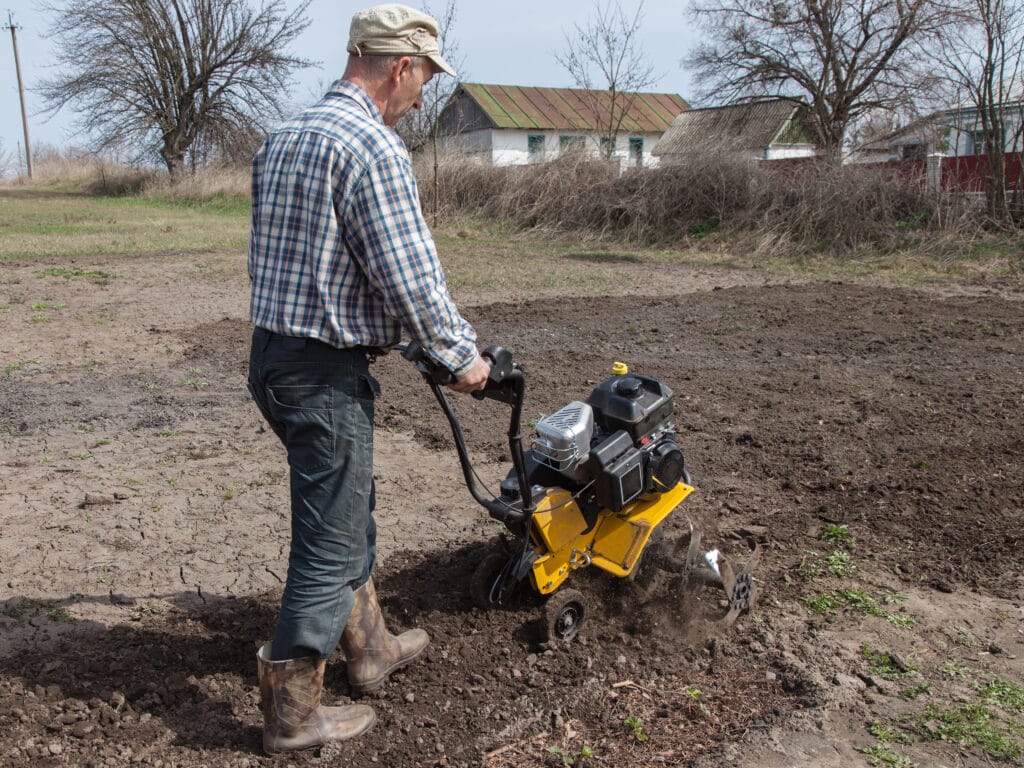Tillage: The preparation of soil for planting by digging, turning, or loosening it.
Think of tillage as giving your garden soil a good workout, like a vigorous massage that loosens and prepares it for planting. It’s about breaking up compacted soil, incorporating organic matter, and creating a smooth, even seedbed. Imagine a farmer using a plow to turn over the soil or a gardener using a spade to loosen the top layer.
Tillage can be done manually with tools like spades, forks, or hoes or mechanically with a rototiller in a home garden. It’s especially useful for preparing new garden beds, incorporating compost or fertilizer, and controlling weeds. However, excessive tillage can damage soil structure and reduce beneficial microbial activity, so it’s important to till only when necessary and avoid overworking the soil.
Ultimately, tillage is a fundamental practice in gardening and farming. It’s about creating the right conditions for your plants to thrive, ensuring they have loose, well-aerated soil to grow. It’s like preparing a comfortable bed for your plants, ensuring they have a good night’s sleep before they grow.

Disclaimer: This post is for informational purposes only and should not be construed as health, wellness or nutrition advice. Please see our full disclaimers here.
« Back to Glossary Index
